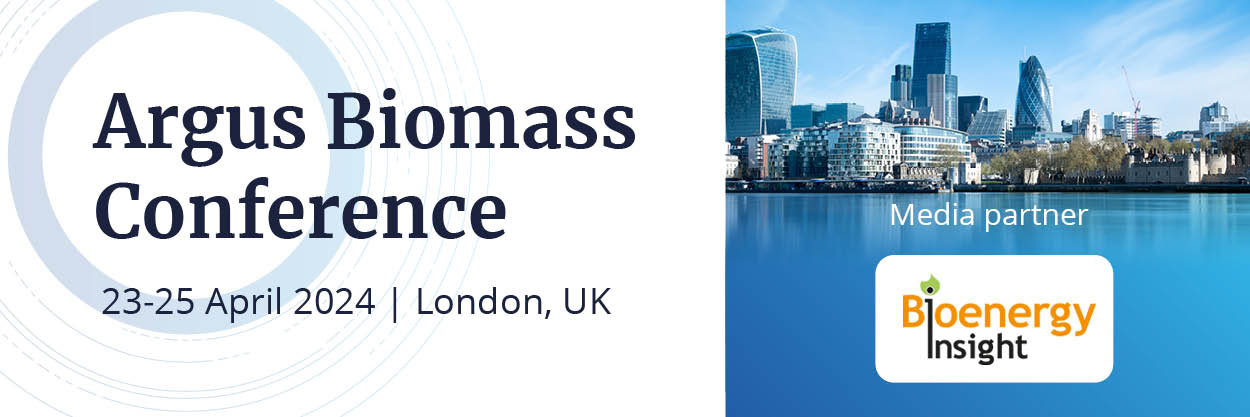Danish city makes ‘world first’ by powering its water needs with sewage energy
A city in Denmark is about to become the first in the world to provide most of its citizens with fresh water using only the energy created from household wastewater and sewage.
According to the New Scientist, the Marselisborg Wastewater Treatment Plant in Aarhus has undergone improvements that mean it can now generate more than 150 per cent of the electricity needed to run the plant, which means the surplus can be used to pump drinking water around the city.
As well as regularly powering the entire water system of 200,000 people living in the inner city area, any excess electricity could be sold into the local grid.
“We are about to be the first energy neutral catchment area,” Mads Warming of Danfoss Power Electronics, which provides the technology for Aarhus Water, the municipal water utility, told New Scientist.
The plant generates energy from the biogas it creates out of household wastewater, including sewage is extracted from the wastewater and pumped into digesters kept at 38°C filled with bacteria. These produce biogas – mostly methane – that is then burned to make heat and electricity.
“We don’t add any extra organic material like from restaurants or energy from wind turbines or solar panels,” said Lars Schøder, general manager of Aarhus Water.
























